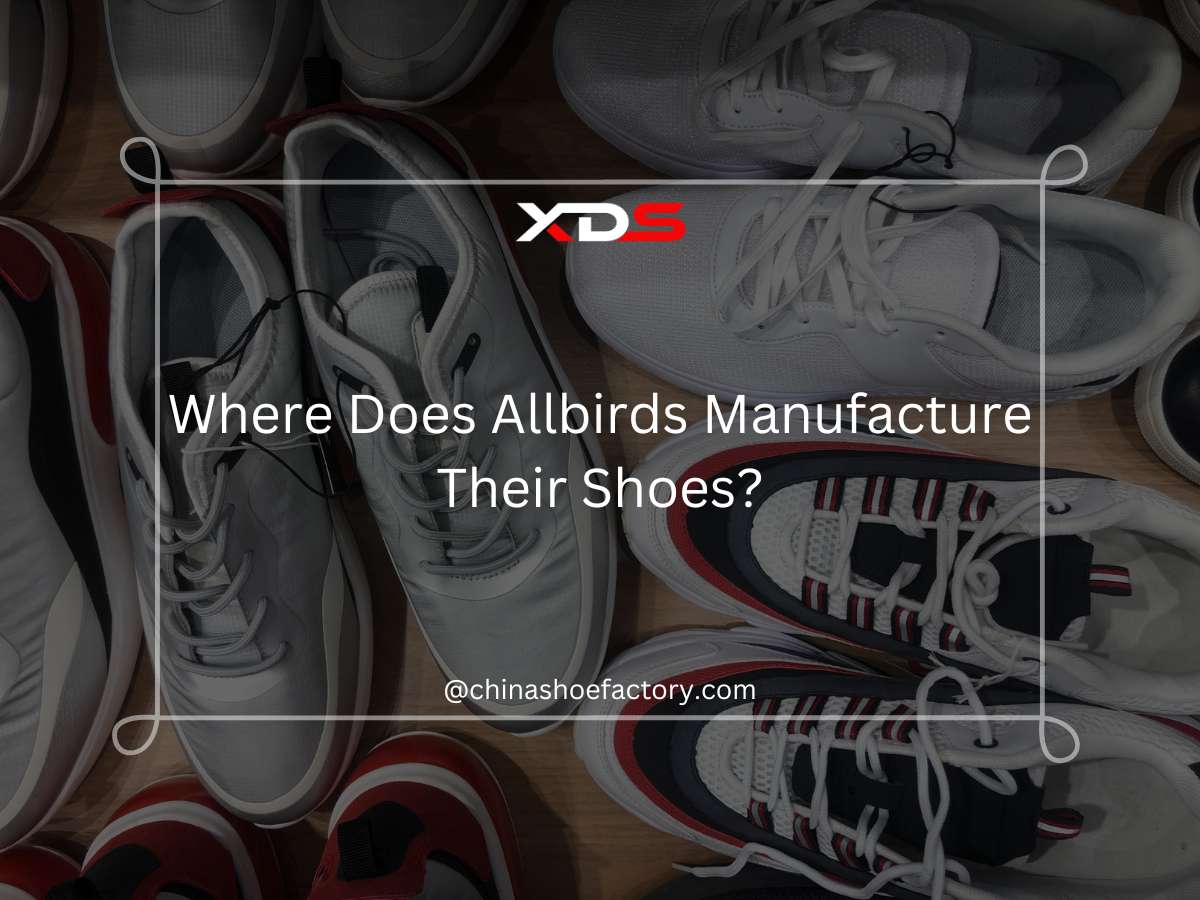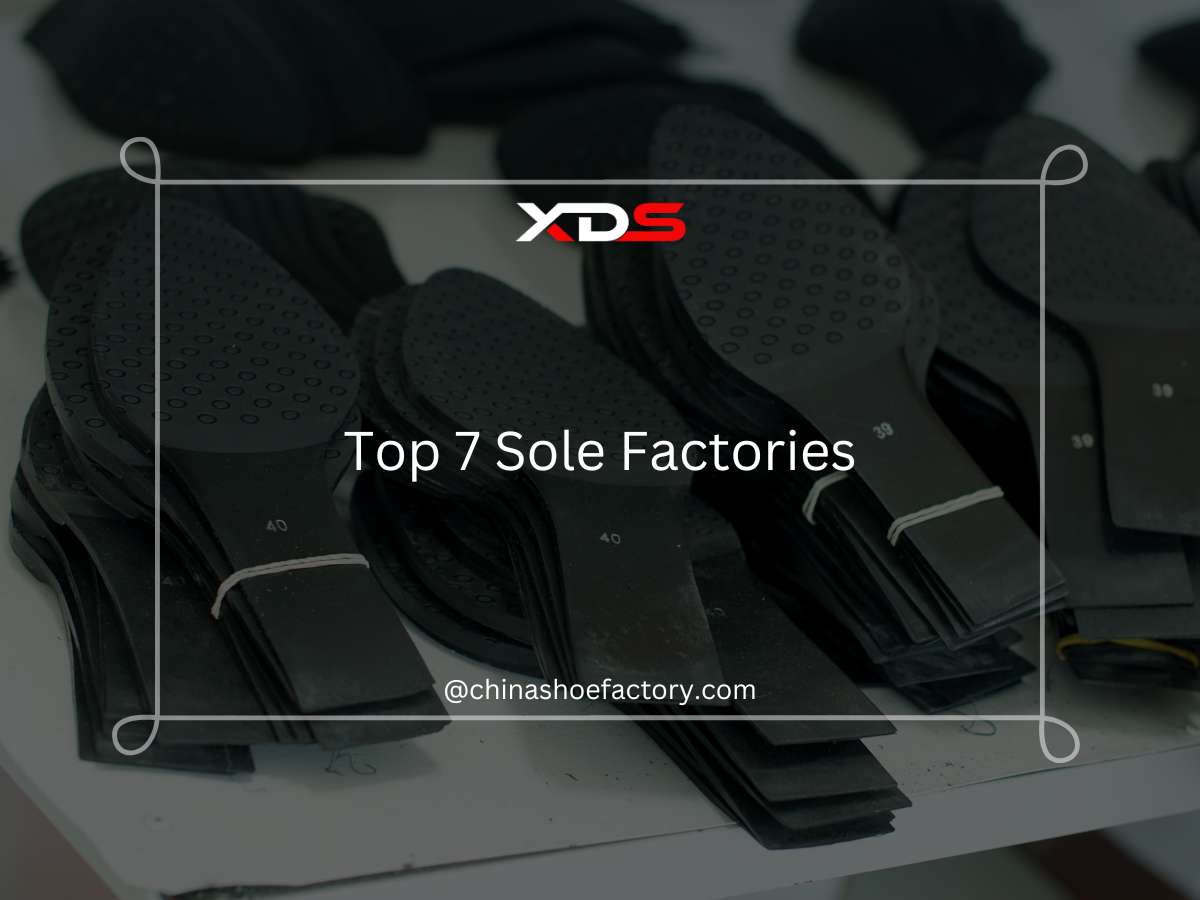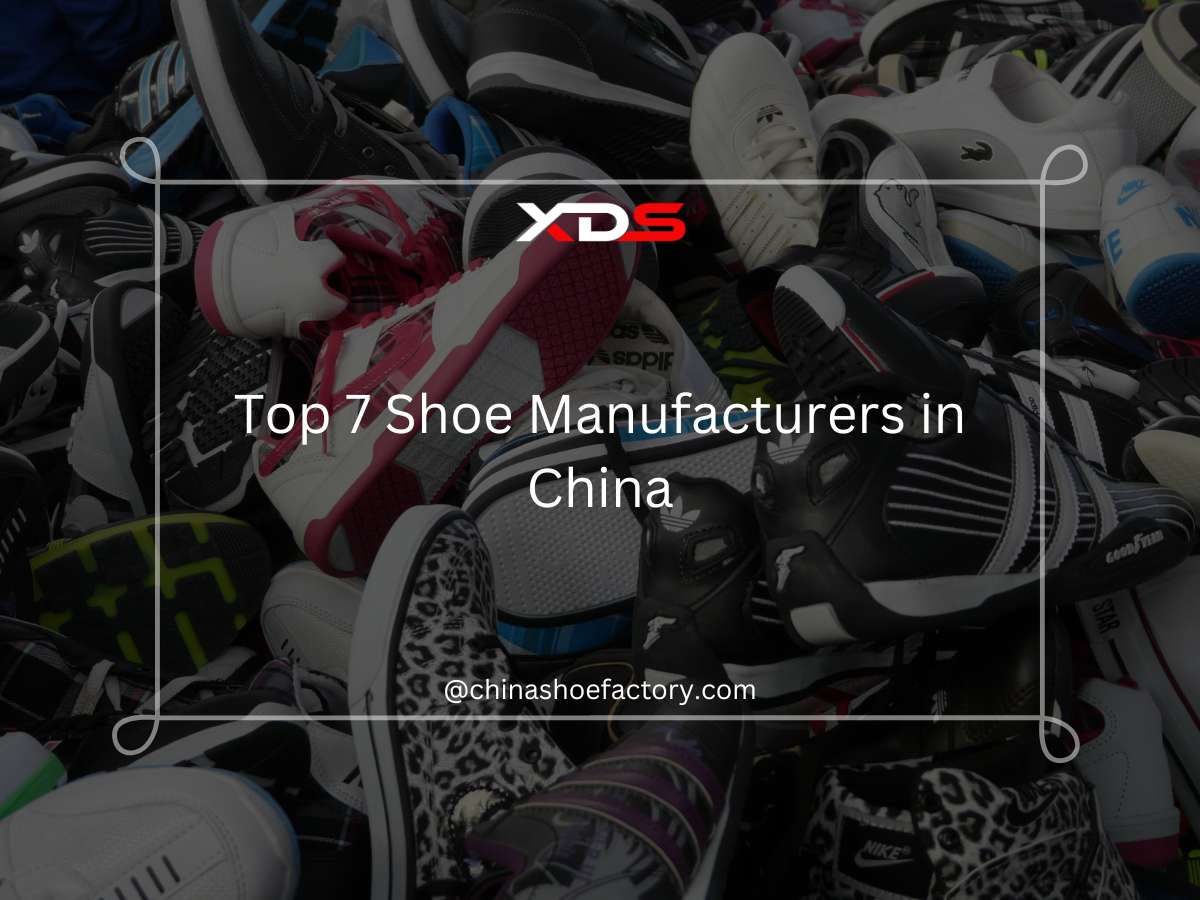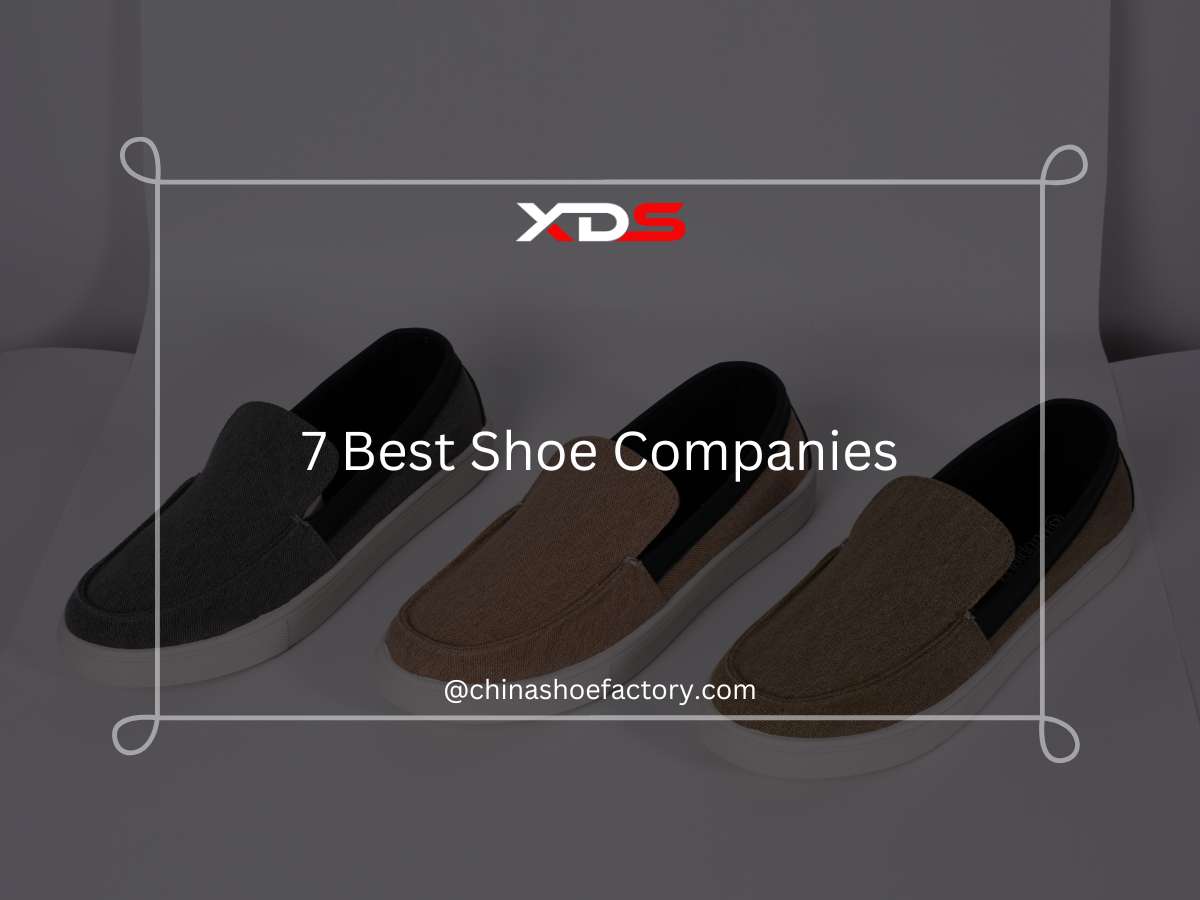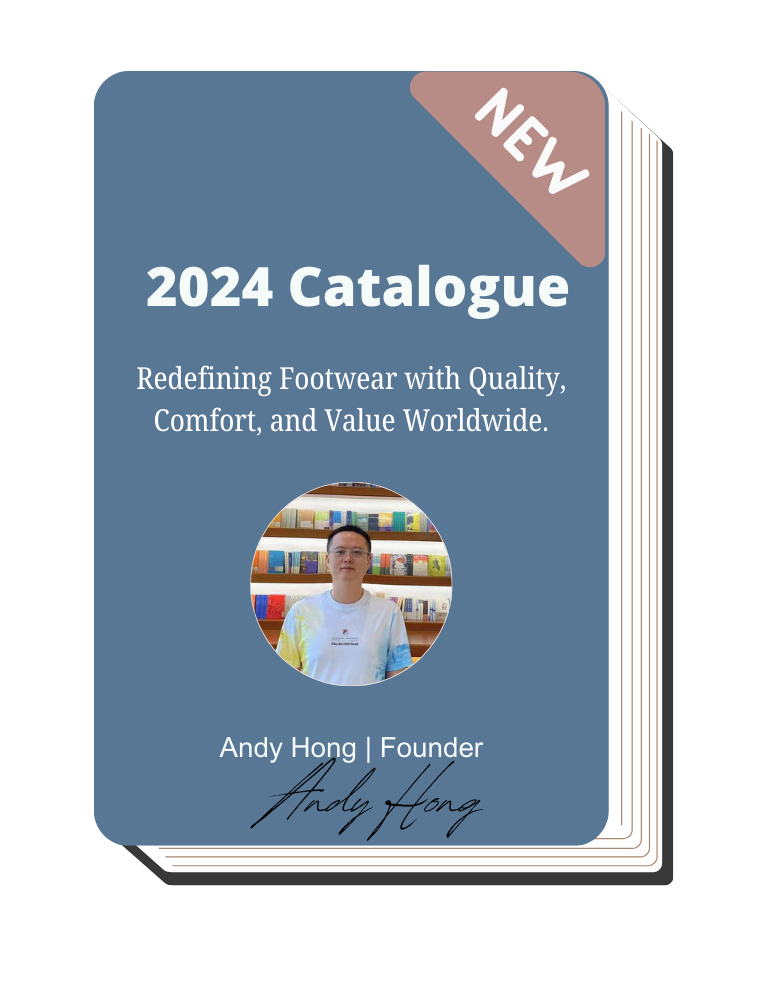Insider Secrets to China Shoe Prices
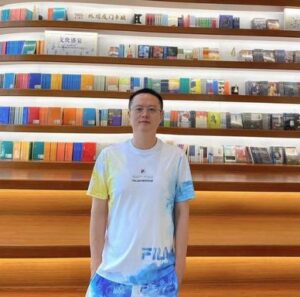
Author: Andy Hong | Founder at XDS
Hi, I'm Andy Hong, here to share my expertise in footwear manufacturing with you.
Insider Secrets to China Shoe Prices
Table of Contents
I remember the first time I tried to source shoes from China. I thought I had landed a fantastic deal—only to realize later that I had overpaid by at least 30%. The supplier had built hidden costs into the pricing, and I had no idea what to look for.
That experience taught me one thing: if you don’t understand the pricing game, you’ll pay more than you should. But once you know the secrets, you can negotiate better deals and increase your profit margins.
I’ve spent years working with Chinese manufacturers, wholesalers, and distributors. I’ve learned firsthand how pricing is structured, what affects costs, and how to get the best price without sacrificing quality.
This guide is based on real industry insights—not guesswork. Inside this article, you’ll discover:
- How Chinese factories set their prices and where hidden costs come from.
- The best strategies to negotiate lower prices and avoid overpaying.
- How to find reliable suppliers and maximize your profit margins.
So, let’s dive in.
1. How Chinese Shoe Factories Calculate Pricing
I remember the first time I asked a supplier, “How do you set your prices?” The answer was vague, filled with industry jargon, and left me with more questions than answers. That’s when I knew—if I wanted to get the best deal, I had to understand the pricing structure myself.
Here’s the hard truth: if you don’t know how factories calculate their prices, you’re at their mercy. But once you know the real cost breakdown? You’re in control.
Let’s pull back the curtain.
Factors That Determine the Price
Every factory in China works with a simple formula:
- Materials: The biggest cost factor. Leather, synthetic fabrics, rubber, EVA, mesh—each has its own pricing based on quality and availability.
- Labor: The cost of skilled workers cutting, stitching, and assembling shoes. Labor is cheaper in China, but it still varies by region.
- Machinery & Production Efficiency: More automation means lower costs, while manual processes drive prices up.
- Overhead Costs: Rent, electricity, taxes, compliance fees—all baked into the final price.
- Profit Margin: Factories aren’t working for free. They add their markup, but some add more than others.
The Hidden Costs
Ever wonder why two suppliers quote wildly different prices for the same shoe? It’s because there are hidden costs baked into some quotes that others don’t mention upfront.
- MOQ (Minimum Order Quantity) Penalty: Ordering fewer pairs than their MOQ? You’re paying extra per unit, sometimes without even realizing it.
- Customization Fees: Want your logo? Custom packaging? Special materials? Factories charge for these, and some overcharge significantly.
- Exchange Rate & Payment Method Fees: Paying in USD vs. RMB can change your cost. Wire transfers, PayPal, and LC (Letter of Credit) all have different impacts on pricing.
- “Foreign Buyer” Price Inflation: Some factories automatically assume Western businesses will pay more and adjust their prices accordingly.
If you don’t spot these, you’ll think the price is “fair” when in reality, you’re leaving money on the table.
2. Regional Pricing Variations in China
I once thought that all shoe factories in China offered roughly the same pricing. That was a mistake. The reality? The city or province where your supplier is based can impact your costs by as much as 20-30%—even for the same type of shoe.
Factories in different regions specialize in different products, operate under different costs, and offer varying levels of quality. If you’re not sourcing from the right place, you’re either overpaying or compromising on quality.
Let’s break it down:
Major Shoe Manufacturing Hubs in China
China’s shoe industry is concentrated in a few key regions. Each has its strengths, weaknesses, and pricing structures.
- Guangdong (Guangzhou, Dongguan, Shenzhen):
- Specializes in high-end sneakers, fashion footwear, and premium leather shoes.
- Higher labor costs but superior craftsmanship and material options.
- Ideal for brands looking for trendy, high-quality shoes with better finishing.
- Fujian (Jinjiang, Putian):
- The sports shoe capital of China. Many global athletic brands source from here.
- Factories focus on sneakers, running shoes, and performance footwear.
- Mid-range pricing with good quality, making it a go-to region for sportswear brands.
- Zhejiang (Wenzhou, Taizhou):
- Known for mass-producing leather shoes, formal footwear, and boots.
- Competitive pricing but mixed quality—some factories focus on cheap exports, while others produce luxury leather.
- Ideal for businesses needing affordable leather footwear in bulk.
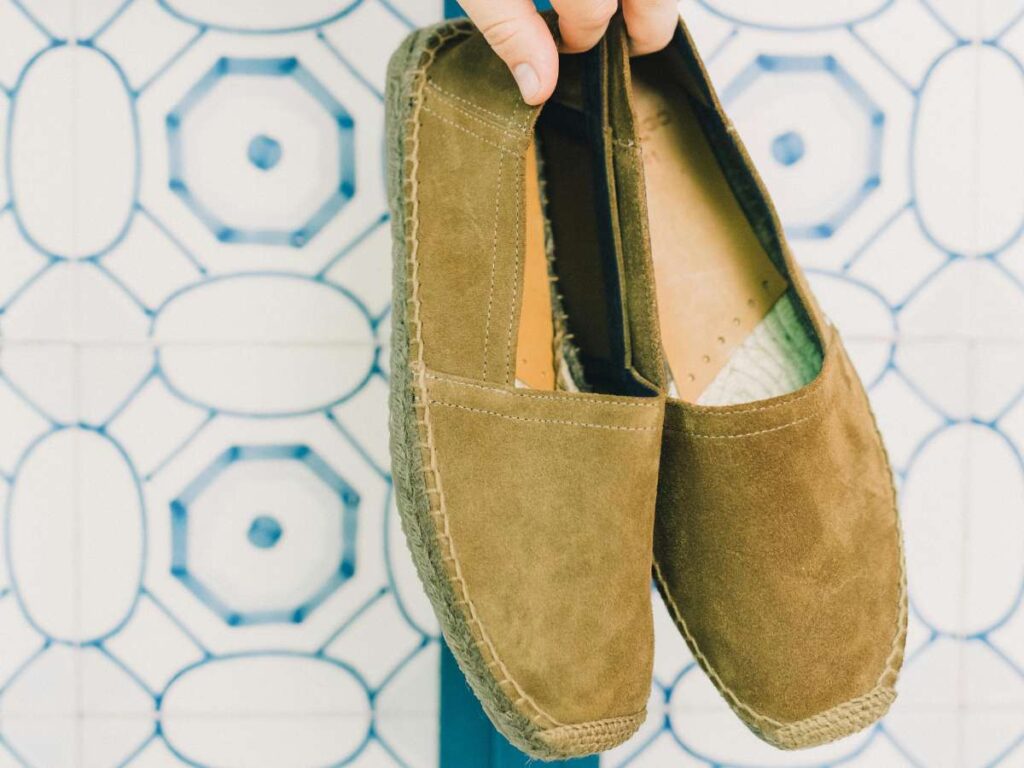
3. Best Practices for Negotiating Lower Prices
I’ll never forget the first time I tried to negotiate with a Chinese shoe supplier. I confidently asked for a lower price, expecting an easy discount. Instead, the supplier replied, “Our price is already the best.”
That’s when I realized: negotiation isn’t just about asking for a lower price—it’s about knowing how pricing works and using strategy to your advantage. Let’s talk about how to do it right:
- Know the Market Price Before You Start: You can’t negotiate effectively if you don’t know what a fair price looks like. Get at least 3-5 quotes from different factories. Compare pricing from different regions (Guangdong, Fujian, Zhejiang) to understand variations.
- Never Accept the First Quote: Most suppliers start with a higher price than they’re willing to accept. If you say yes right away, you’re leaving money on the table.
- Negotiate Beyond Just the Price: Many buyers focus only on lowering the per-unit cost. But smart negotiators know there’s more than one way to get a better deal.

4. Finding Reliable, Cost-Effective Shoe Suppliers in China
I’ve seen too many businesses make the same mistake: choosing a supplier based only on price. They find a factory with low quotes, place an order, and then—disaster. The quality is bad, delivery is late, or worse, the supplier disappears.
Not all sourcing platforms and trade shows are the same. Some give you direct access to factories, while others are filled with middlemen. Here’s where to start:
- Alibaba: The biggest sourcing platform, but many listings are trading companies, not direct factories. Always verify.
- 1688.com: A Chinese-only platform with lower prices than Alibaba, but requires translation and local payment methods.
- Global Sources: Similar to Alibaba but with a stronger focus on verified manufacturers.
- Canton Fair: China’s largest trade show. A great place to meet factories in person and build trust.
- Factory Visits: The best option if you’re serious about long-term business. Seeing production firsthand helps you avoid scams.
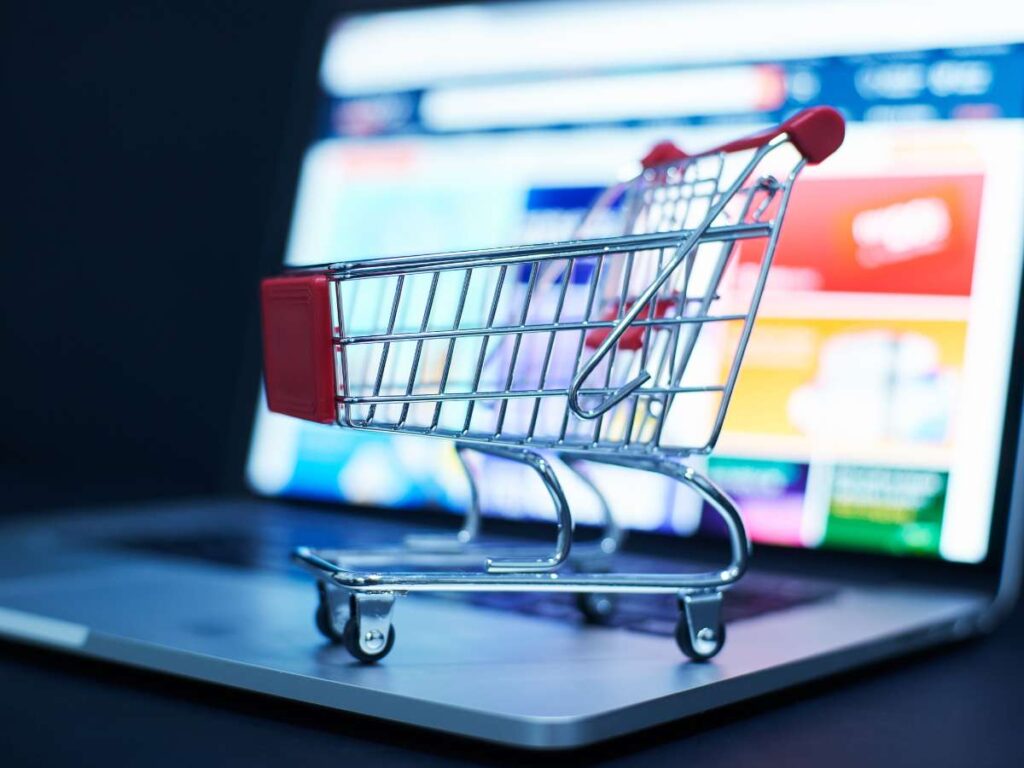
5. Final Pro Tips for Smart Buying
I’ve seen businesses lose thousands simply because they didn’t know the right buying strategies. They rushed into deals, trusted the wrong suppliers, or focused only on price instead of value. You don’t have to make those mistakes.
If you want to get the best price, ensure quality, and avoid costly pitfalls, you need a smart buying strategy. Here’s how to do it right:
Never Rush the First Order
A common mistake? Placing a large order too soon. Suppliers will always show you their best samples—but bulk production can be different. Before committing, test with small orders. visit the factory, and check how they handle issues. Patience in the beginning saves you from major losses later.
Always Negotiate Beyond the Unit Price
If you only ask for a lower price, you’re missing out on other ways to save money. Instead, negotiate better payment terms, free add-ons, and lower shipping costs. Smart buyers focus on total cost savings, not just price per pair.
Time Your Orders for Better Pricing
Most buyers don’t realize this, but when you place your order affects your price. Factories have peak and off-peak seasons. Avoid major holidays, order off-season, plan ahead. Buying at the right time can save you 10-20% easily.
Conclusion
Sourcing shoes from China isn’t just about finding the lowest price—it’s about getting the best deal. You now know how to break down pricing, negotiate smartly, and avoid costly mistakes. The difference between profit and loss is knowledge, and now, you have it.
I learned these lessons the hard way.
But you? You can start strong, avoid the pitfalls, and secure better prices right now. The best time to take action? Today.
Are you ready to source high-quality shoes at the right price?
Let’s make it happen. Contact XDS today!
Quick Quote
Fill out the form, get the quote in hours!
